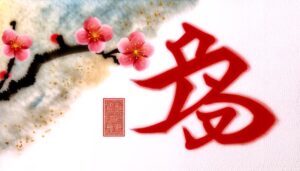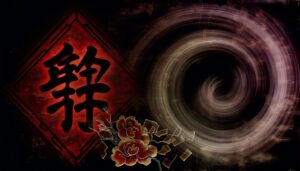What Does the Always and Forever Chinese Symbol Look Like?
The Chinese symbol for 'Always and Forever' encapsulates ancient calligraphy practices dating back to the Shang Dynasty. It reflects the cultural importance of continuity, prosperity, and longevity.
This symbol holds a timeless place in art, jewelry, fashion, and personal expressions like tattoos. Chinese calligraphy, one of the highest art forms, merges linguistic and visual aesthetics, embodying deep philosophical meanings.
The modern appeal of this symbol lies in its adaptability and profound cultural significance, making it a favored choice in various contemporary mediums. Further exploration reveals its pervasive influence in both traditional and modern contexts, highlighting its enduring relevance.
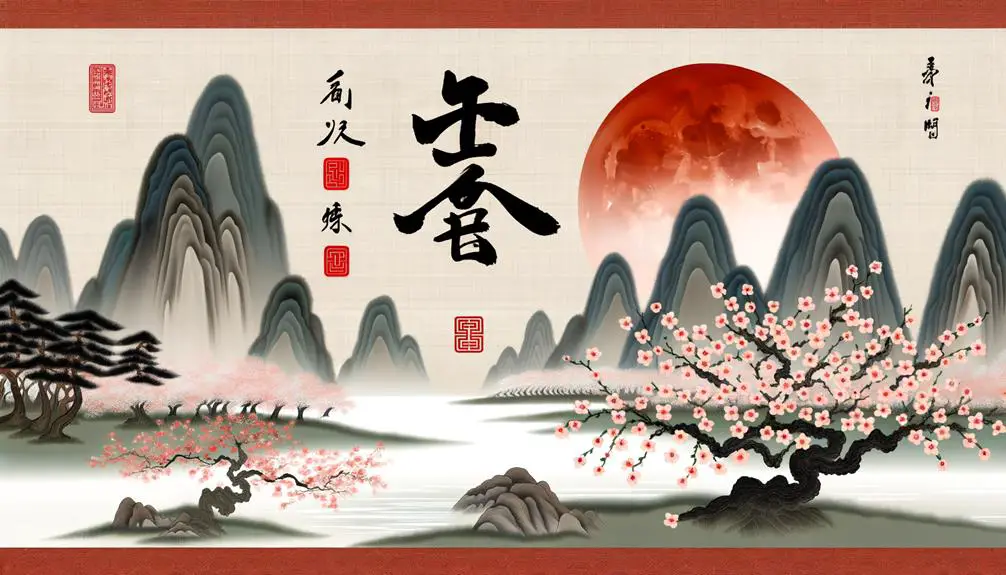
Key Takeaways
- The Chinese symbol for 'Always and Forever' is rooted in ancient calligraphy traditions.
- It conveys themes of longevity, prosperity, and harmony in Chinese culture.
- Popular in tattoos, jewelry, and fashion for its aesthetic and symbolic depth.
- The symbol's fluid calligraphic strokes exemplify timeless elegance and balance.
- Its global appeal stems from cultural symbolism and contemporary media influence.
Historical Origins
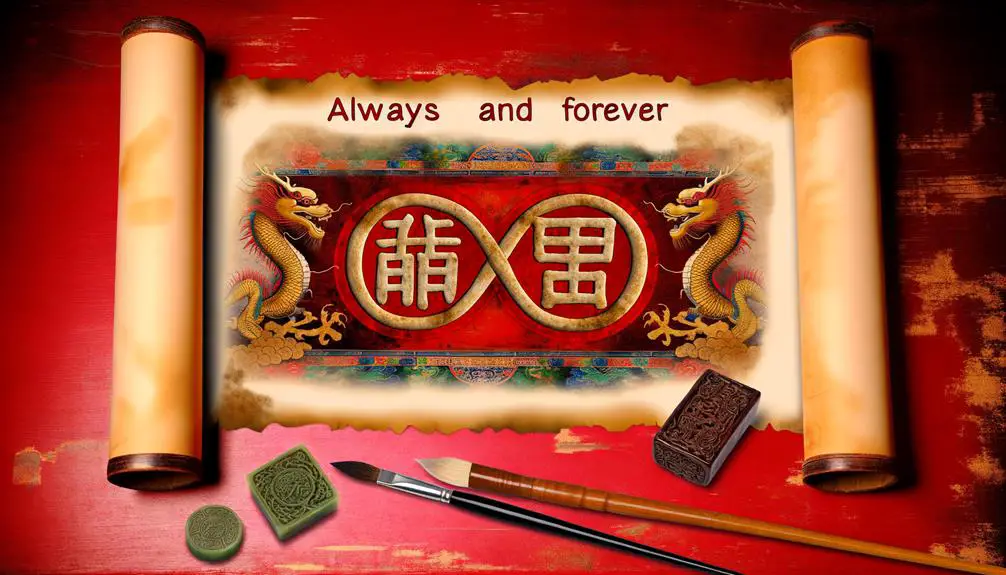
The historical origins of the Chinese symbol for 'Always and Forever' can be traced back to ancient calligraphy practices, where characters were meticulously crafted to convey profound philosophical and cultural meanings.
In early Chinese scripts, symbols were not merely linguistic tools but integral components of cultural expression. The character 永 (yǒng), often associated with permanence, embodies this tradition. Its earliest inscriptions were found on oracle bones, dating back to the Shang Dynasty (1600–1046 BCE).
Over centuries, the character evolved through various script forms—seal, clerical, cursive, and standard scripts—each iteration reflecting shifts in aesthetic and functional priorities. This historical trajectory underscores how the symbol's enduring presence is deeply rooted in the continuity and adaptation of Chinese written language and cultural values.
Symbolism in Chinese Culture
The profound significance of symbols in Chinese culture is rooted in ancient traditions where each symbol conveyed specific meanings related to prosperity, longevity, and harmony.
In contemporary times, these symbols continue to be widely used, often adapted to modern contexts while retaining their original connotations.
Understanding this evolution offers insights into how cultural values are preserved and transformed across generations.
Ancient Symbolic Meanings
Ancient Chinese symbolism intricately weaves cultural values, historical narratives, and philosophical concepts into a cohesive tapestry that has influenced various aspects of life for millennia.
Symbols such as the dragon and the phoenix represent imperial power and harmony, respectively, while the yin-yang symbol embodies the dualistic nature of existence.
The jade, often seen as a symbol of purity and moral integrity, underscores Confucian virtues.
What's more, the Eight Trigrams from the I Ching or Book of Changes encapsulate cosmological ideas and guide decision-making processes.
These ancient symbols do more than merely convey meanings; they serve as conduits for transmitting the ethical and metaphysical teachings that have shaped Chinese society, reinforcing values that continue to resonate.
Modern Symbol Usage
In contemporary Chinese culture, symbolism continues to play a pivotal role in both personal and societal contexts, reflecting an enduring connection to historical and philosophical roots.
Modern usage of symbols in China extends beyond traditional rituals and into aspects of daily life, such as architecture, fashion, and digital communication. The color red, for example, symbolizes good fortune and is ubiquitous in celebrations and branding.
Additionally, numbers hold significant value; the number eight is particularly auspicious due to its phonetic resemblance to the word for prosperity. Digital platforms have also adapted ancient symbols for modern communication, like emojis representing traditional motifs.
This persistent use of symbolism underlines its importance in maintaining cultural continuity amidst rapid modernization.
Calligraphy and Artistry
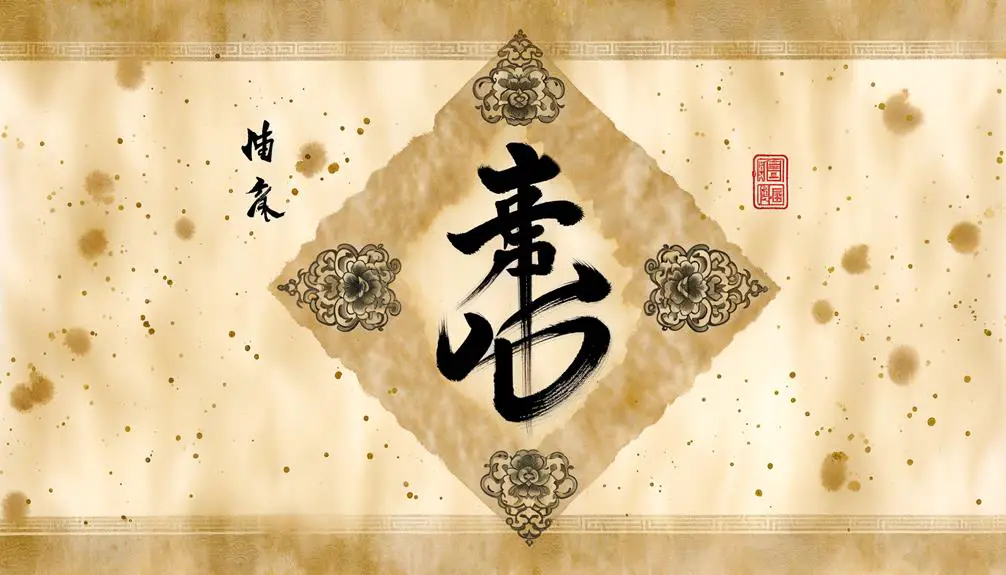
Calligraphy, a revered form of Chinese artistry, carries profound historical significance as a medium that blends linguistic expression with visual aesthetics.
In contemporary settings, modern interpretations of calligraphy continue to innovate while maintaining respect for traditional techniques.
This intersection of history and modernity highlights the dynamic evolution of calligraphy as both an art form and cultural emblem.
Historical Significance
The historical significance of the Chinese symbol for 'Always and Forever' is deeply rooted in the rich traditions of calligraphy and artistry that have flourished over millennia.
This symbol, often depicted in the fluid strokes of Chinese calligraphy, transcends mere aesthetics, embodying profound philosophical and cultural meanings. Calligraphy, considered one of the highest forms of art in Chinese culture, has long been used to convey not only linguistic content but also emotional and spiritual depth.
The meticulous craftsmanship required in creating these symbols reflects a dedication to harmony, balance, and continuity. These principles are integral to understanding the enduring legacy of Chinese art forms, where each stroke contributes to a larger narrative of cultural identity and historical continuity.
Modern Interpretations
Contemporary interpretations of the Chinese symbol for 'Always and Forever' continue to draw from its historical roots while integrating modern aesthetics and techniques. Artists today utilize a blend of traditional calligraphy and contemporary design elements to create artworks that resonate with both heritage and modernity. This fusion is evident in various mediums, such as digital art, tattoo designs, and home decoration, reflecting a smooth shift between the old and the new.
| Element | Modern Interpretation |
|---|---|
| Calligraphy | Incorporates strong strokes and minimalism |
| Digital Art | Uses vivid colors and dynamic patterns |
| Home decoration | Features classy, streamlined characters |
Such interpretations maintain the symbol's deep meaning while making it accessible and appealing to a global audience.
Popular Uses
Utilized in various forms of art, jewelry, and tattoos, the 'Always and Forever' Chinese symbol holds significant cultural and aesthetic appeal in modern times.
Its presence can be seen in home decor, where it is often incorporated into wall hangings and ceramics, providing a touch of cultural elegance.
The symbol is also prevalent in fashion, adorning clothing and accessories, thereby merging traditional elements with contemporary styles.
In the domain of jewelry, it is frequently engraved on pendants, bracelets, and rings, serving as a lasting emblem of enduring commitment.
This symbol's adaptability across various mediums underscores its universal resonance, making it not only a decorative motif but also a potent cultural signifier in diverse contexts.
Tattoos and Personal Expressions
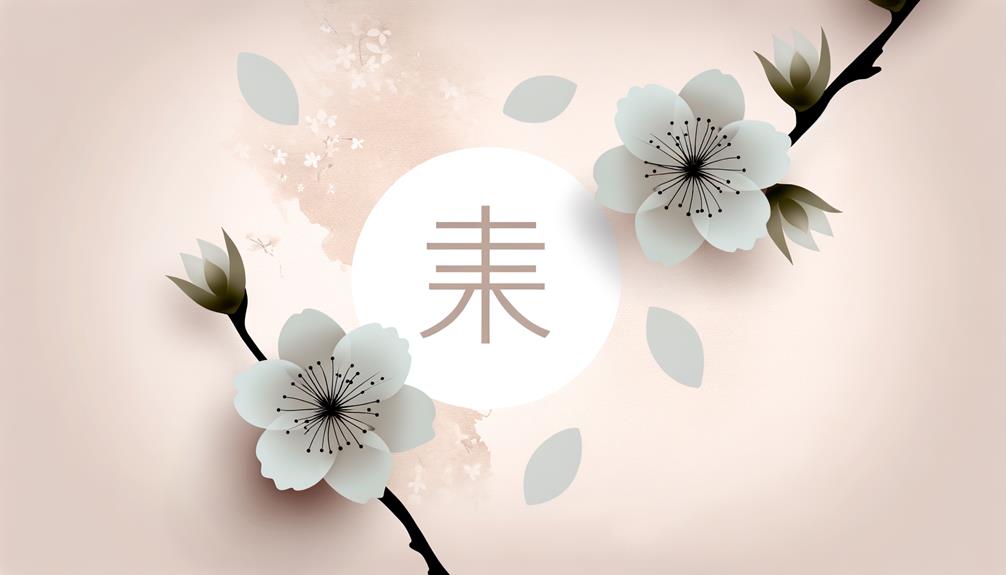
In the domain of personal expressions, tattoos featuring the 'Always and Forever' Chinese symbol have emerged as a profound way for individuals to convey their enduring commitments and deep-seated beliefs. These tattoos serve not only as aesthetic choices but also as significant markers of identity, cultural appreciation, and personal milestones.
| Aspect | Description | Example |
|---|---|---|
| Cultural Significance | Reflects deep-rooted values and traditions | Commitment to family values |
| Personal Meaning | Represents individual beliefs and life principles | Eternal love or friendship |
| Aesthetic Appeal | Combines beauty with symbolic depth | Elegant calligraphy designs |
| Versatility | Fits various body placements | Wrist, back, or ankle tattoos |
| Popularity | Widely chosen for its universal message | Frequently seen in tattoo art |
Jewelry and Fashion
The 'Always and Forever' Chinese symbol has found a prominent place in jewelry and fashion. It symbolizes timeless elegance and enduring values. This character is often incorporated into necklaces, bracelets, and rings, serving as both a decorative element and a meaningful inscription. Its aesthetic appeal lies in the fluidity and balance of the calligraphic strokes, which add a refined touch to various accessories.
Fashion designers leverage this symbol to infuse their creations with a sense of cultural richness and sophistication. Additionally, the symbol's representation of everlasting commitment makes it a popular choice for wedding jewelry and commemorative pieces. This convergence of cultural significance and visual allure ensures its continued relevance in contemporary fashion.
Global Appeal
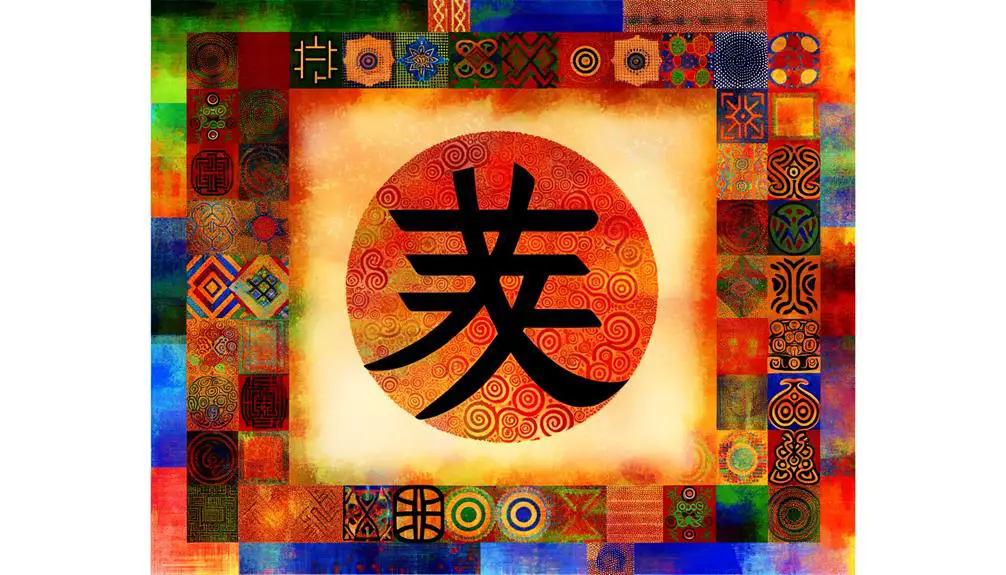
Adopting the 'Always and Forever' Chinese symbol transcends cultural boundaries, reflecting its universal resonance and appeal. This symbol has garnered a global following due to several factors:
- Cultural Exchange: Increased cross-cultural interactions have led to a broader appreciation of Chinese symbols.
- Aesthetic Appeal: The intricate and elegant design of the symbol attracts individuals from diverse backgrounds.
- Symbolic Meaning: The concept of eternal love and commitment is universally understood, making the symbol relatable.
- Media Influence: The widespread portrayal of Chinese symbols in popular media has heightened their visibility and desirability.
These elements collectively contribute to the symbol's global appeal, making it a cherished emblem in various contexts beyond its cultural origin.
Conclusion
The Chinese symbol for 'always and forever' encapsulates profound historical and cultural significance, serving as a beacon of eternal commitment. Its application in calligraphy, art, tattoos, jewelry, and fashion underscores its timeless appeal.
This emblem of permanence has transcended cultural boundaries, becoming a global phenomenon. Essentially, the symbol's enduring relevance illustrates that certain concepts, much like old wine in new bottles, retain their value despite evolving contexts and interpretations.

